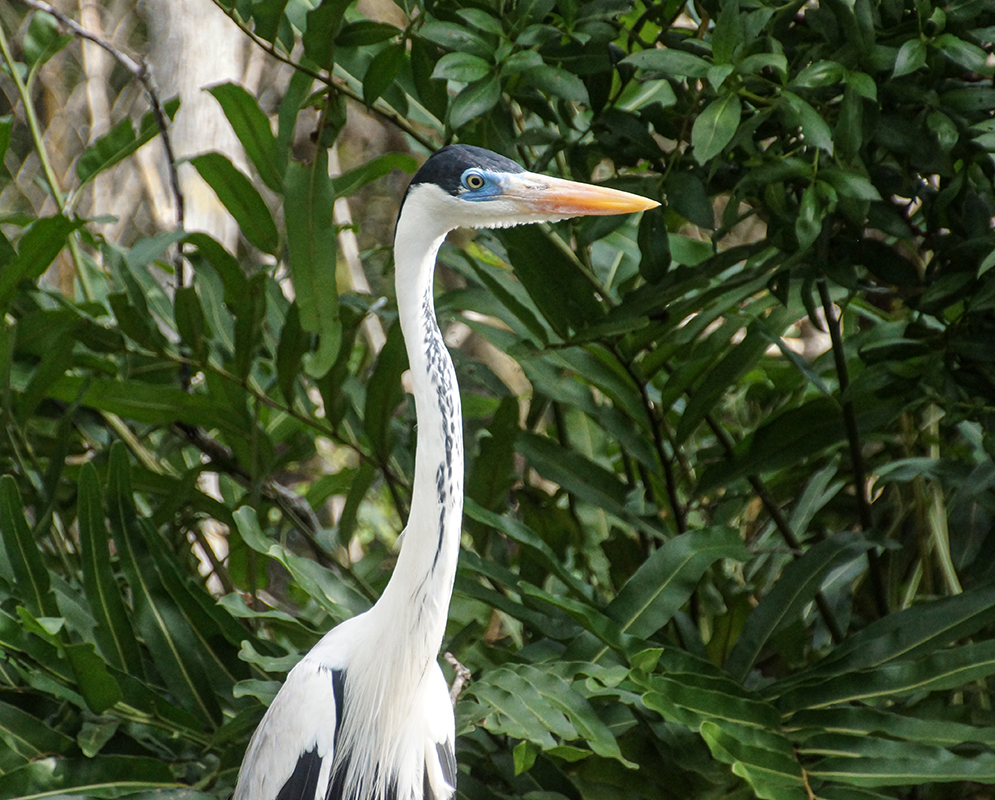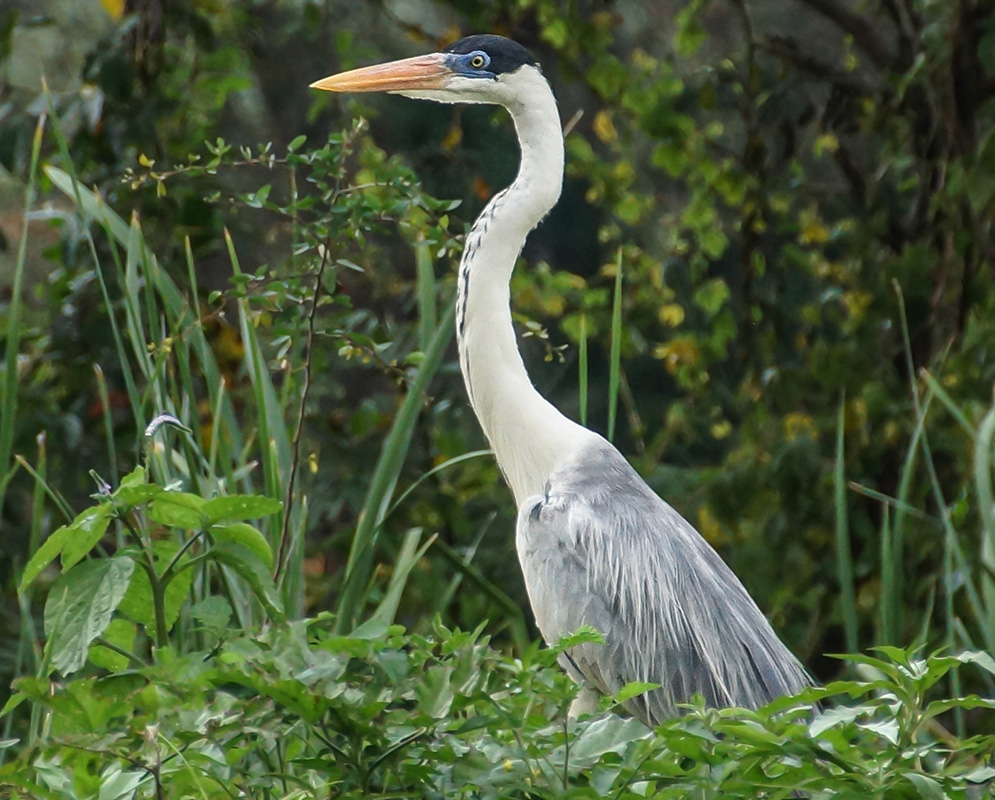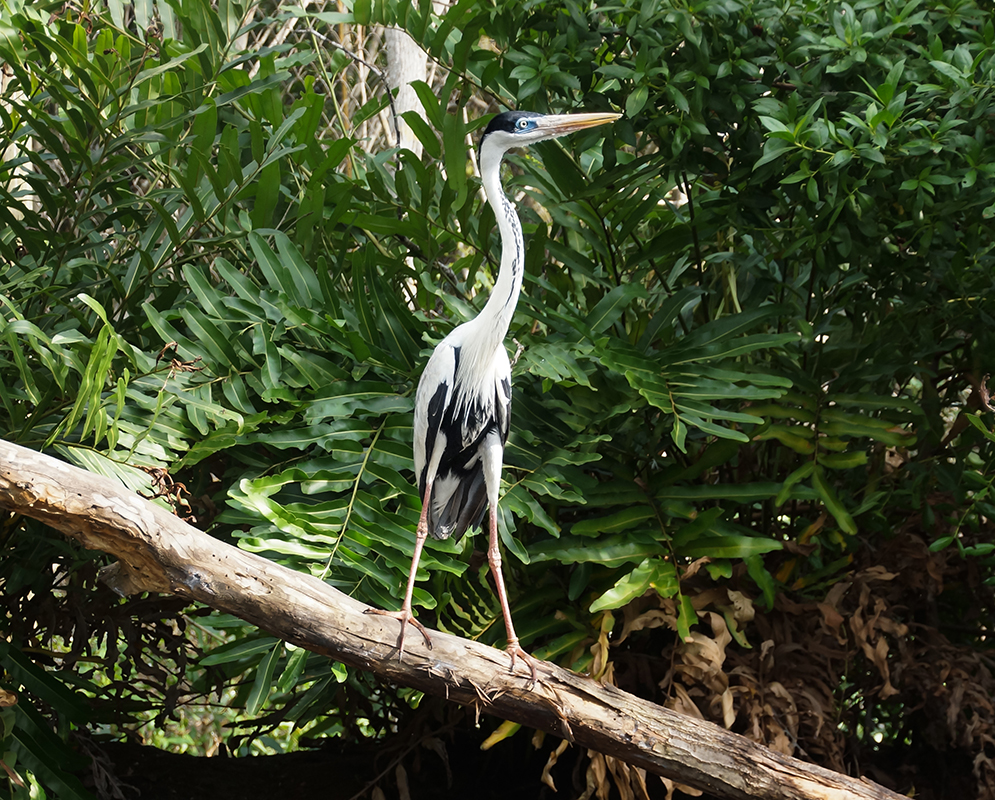This post has 11 Simple Fields-fields attached. Show fields.

The Cocoi Heron is a prominent bird species found across South America. As the largest heron on the continent, it measures approximately 37.5 to 51 inches in length, with a wingspan between 16.5 and 18 inches. These birds weigh between 2.5 and 7 pounds. Both sexes are similar in appearance, exhibiting grey plumage with white thighs, under-tail wing coverts, and scapulars. A black forehead and crown, extending to a pointed crest on the nape, distinguish their heads. The legs vary in color from black to brownish-grey or dark green, the iris is usually yellow, and the bill is dull yellow, turning bright yellow in breeding individuals in Argentina. Their distribution is widespread across South America. Their habitats include a variety of wetland environments such as lake shores, swamps, rivers, estuaries, gallery forests, grasslands, and beaches. The Cocoi Heron is adaptable to both freshwater and saltwater environments, including swamps, woodlands, grasslands, and estuaries, and is most commonly found in lowland landscapes. While they generally prefer areas with aquatic vegetation, they tend to avoid pastures likely due to the high insect population in these areas, which is less preferred as prey compared to fish and mammals. The species can be found up to elevations of approximately 8,370 feet. Diet-wise, the Cocoi Heron mainly preys on large fish, often more than 8 inches long, along with mammals, amphibians, insects, crabs, and carrion. They exhibit unique hunting techniques, such as striking their head into the water and thrusting their bill downwards, or using a head-tilting technique to aid their view. Feeding habits vary regionally, with some populations feeding diurnally and others, like those in Chile, feeding nocturnally. They are also known to forage in large groups, sometimes numbering up to 200 individuals, without conflict. Cocoi Herons typically exhibit sedentary behavior, although post-breeding dispersal can occur. Their population estimated between 5 and 50 million adult individuals. Aggressive behaviors are occasionally observed when defending territory or nest sites, but they are not commonly known to be conflict-prone. The species is classified as "Least Concern" by the IUCN. Photographed in the Valley of Cauca, Colombia.







